The upholstery of your furniture goes through tons of wear and tear over the years. What starts as a fine leather couch with its smooth, organic surface soon turns into a flaky, chipped, and cracked shadow of what it used to be. Gorgeous fabric furniture upholstery loses its tightness and the strings get pulled out one by one until you have big gaps in the surface. Then there are spills, some of which don’t wash off regardless of how many specialized cleaning products you make use of.
Your next solution is to replace the upholstery altogether and start fresh. Upholstery is meant to last 7 to 15 years depending on its quality, so replacing it is not a regular task for furniture maintenance. However, it is still important to know your way around upholstery and how to remove it or put it back. Refurbishing the couch on your own is going to be somewhat time-consuming, especially if you’re doing it for the entire furniture set. However, once you get a feel for it, you should have no trouble doing it again when the time comes for another upholstery replacement.
Cost and Time Management of Couch Upholstery Recover
The cost of reupholstering a couch depends on what kind of material you’re working with, as well as the type of couch it is, and its size. Among these, the material is the biggest determining factor of the price to reupholster a couch. For example, the average cost to reupholster a leather couch can be anywhere between $4 to $5 per yard. Silk and velvet are significantly pricier, with the price per foot starting at $5 and going up to $500 if you’re using very high-quality material. The average cost to reupholster a couch with linen and cotton is $15 to $35. So as you can see, each material vastly differs in cost, so your first task should be to know your upholstery.
Replacing your couch’s upholstery is by no means a single weekend DIY project. It will take some time to properly recover each and every piece of your sofa, especially if this is the first time you undertake such a project. Altogether, it will take you up to a full day of work to reupholster a couch, so if you’re working on the weekdays, consider doing this project over the weekend. In fact, it may take you two weekends to reupholster the entire thing, so don’t plan on finishing this DIY project overnight.
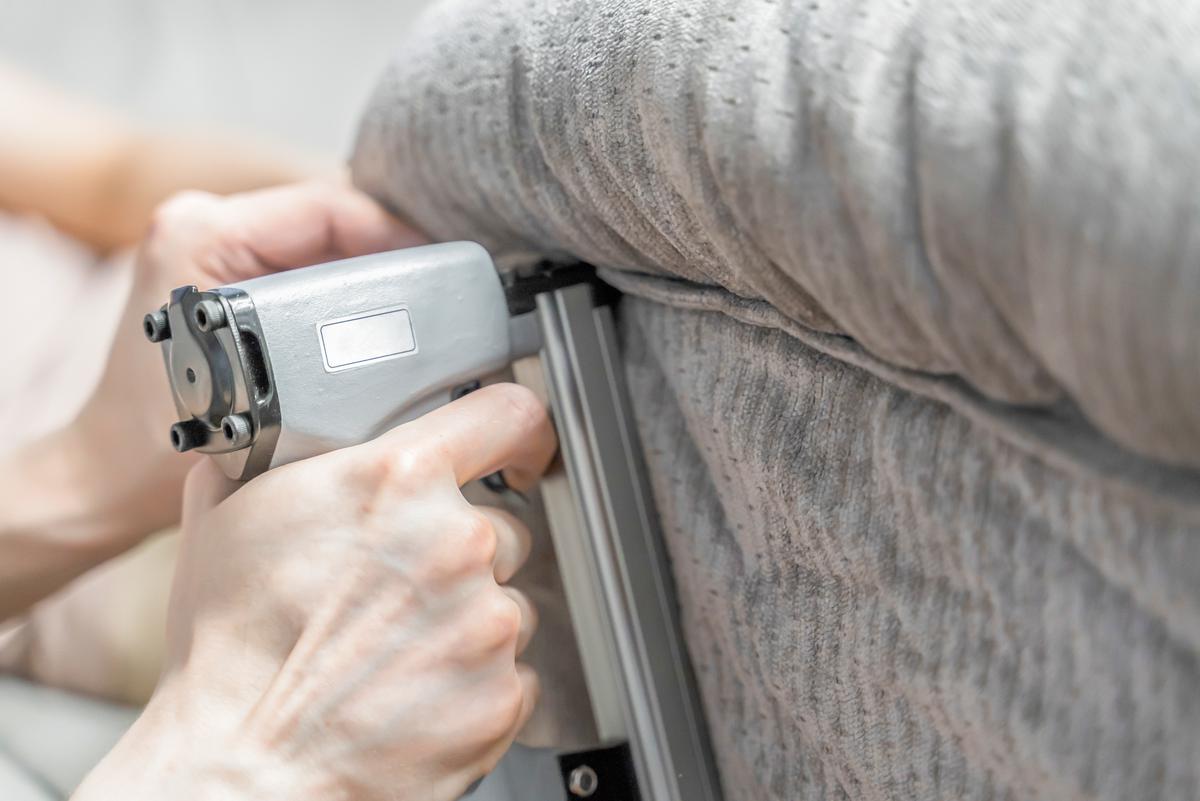
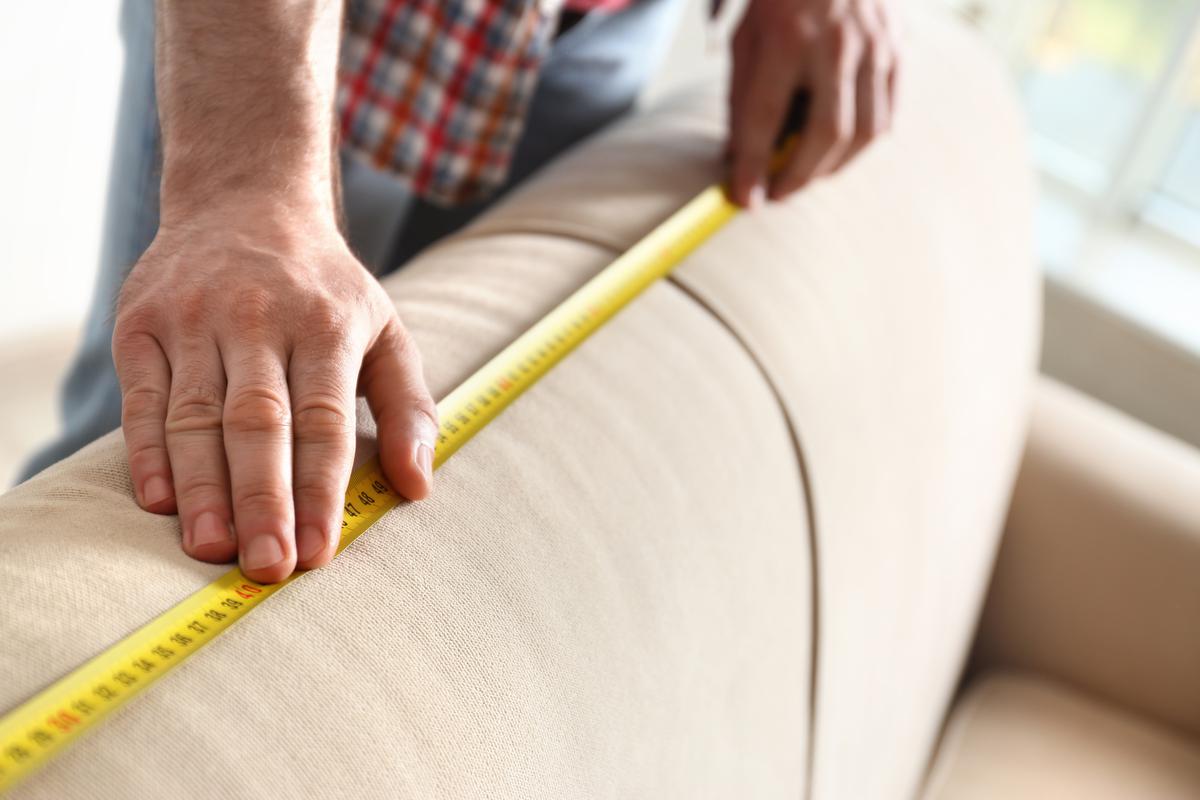
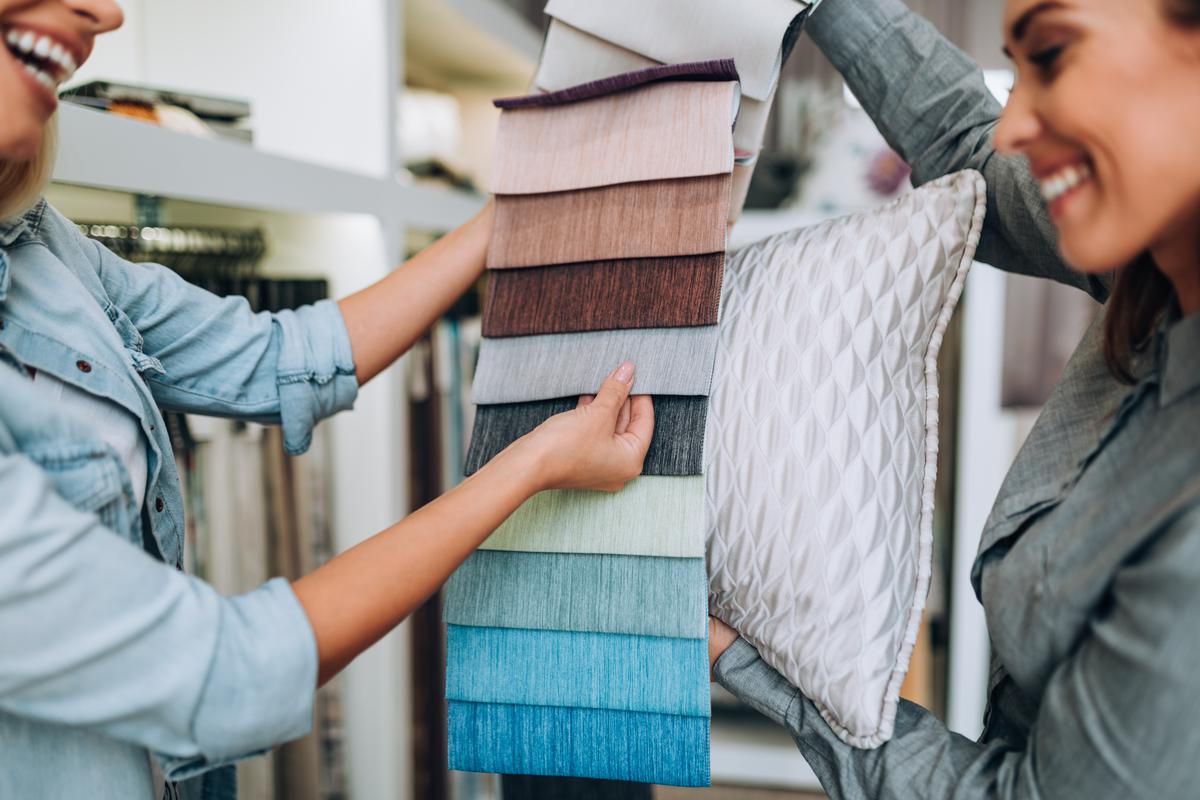
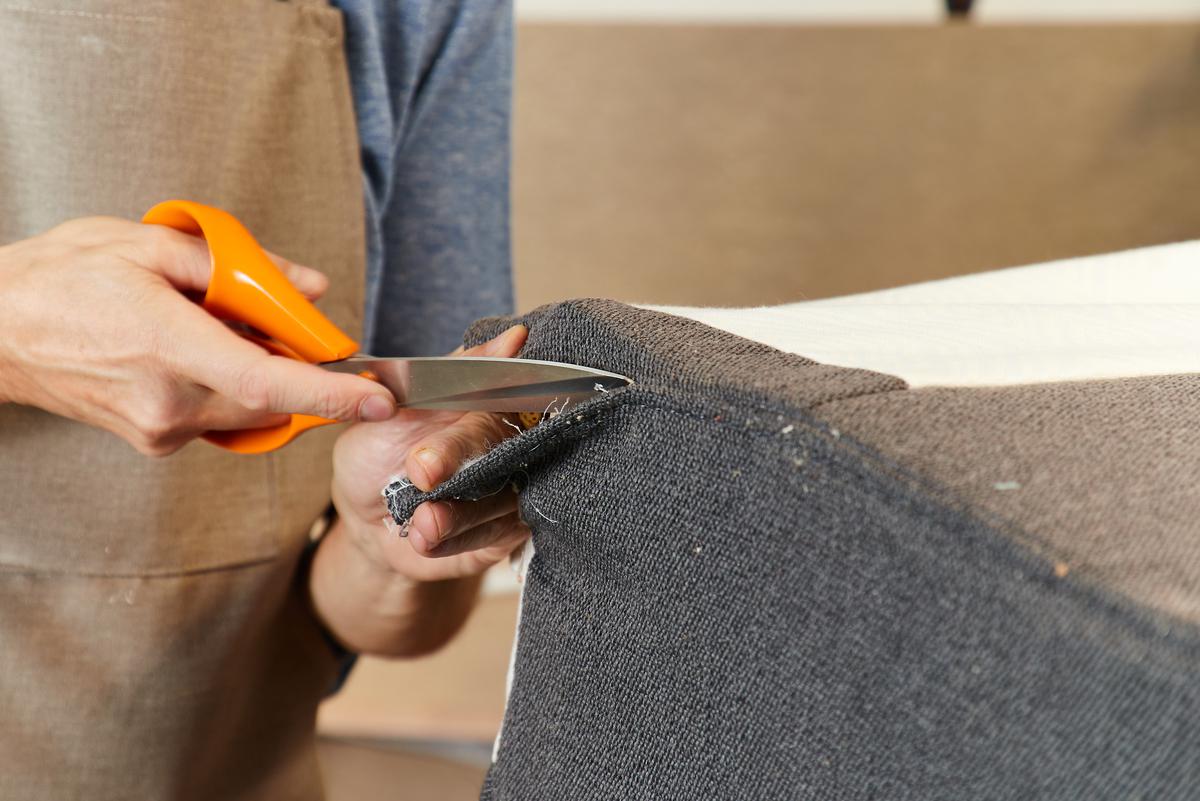
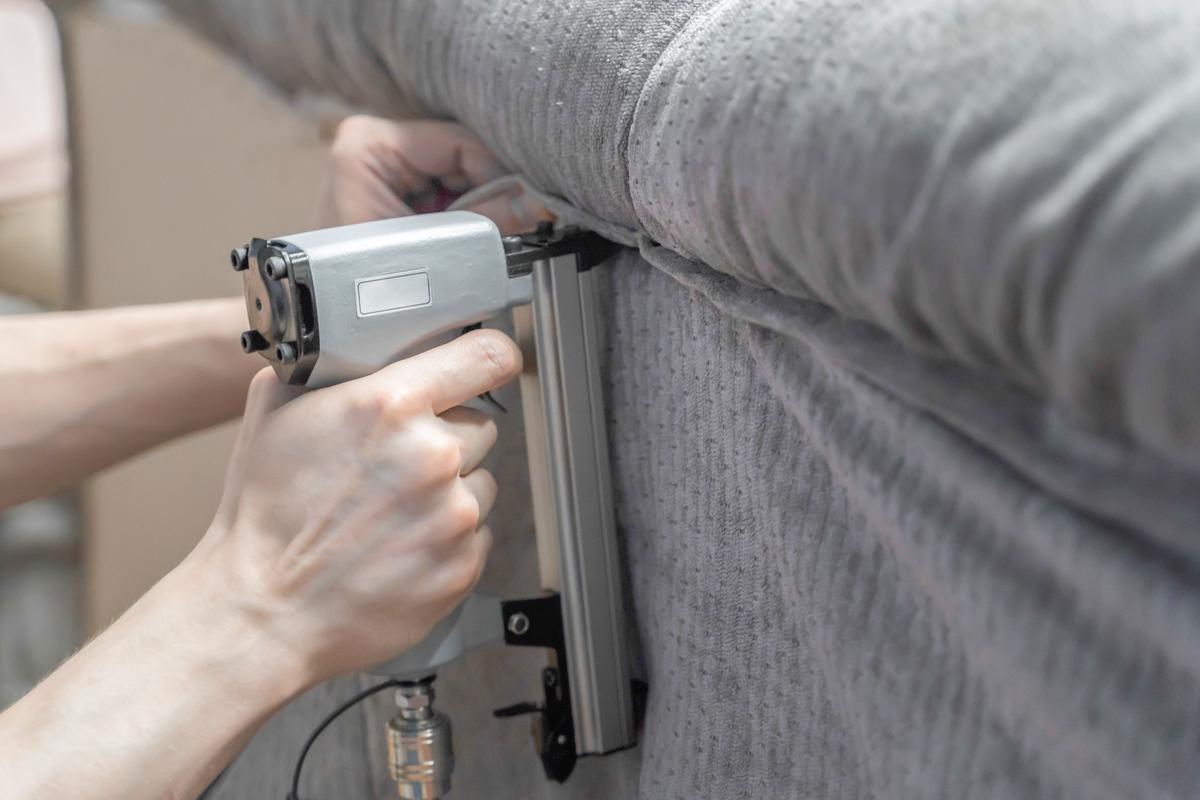
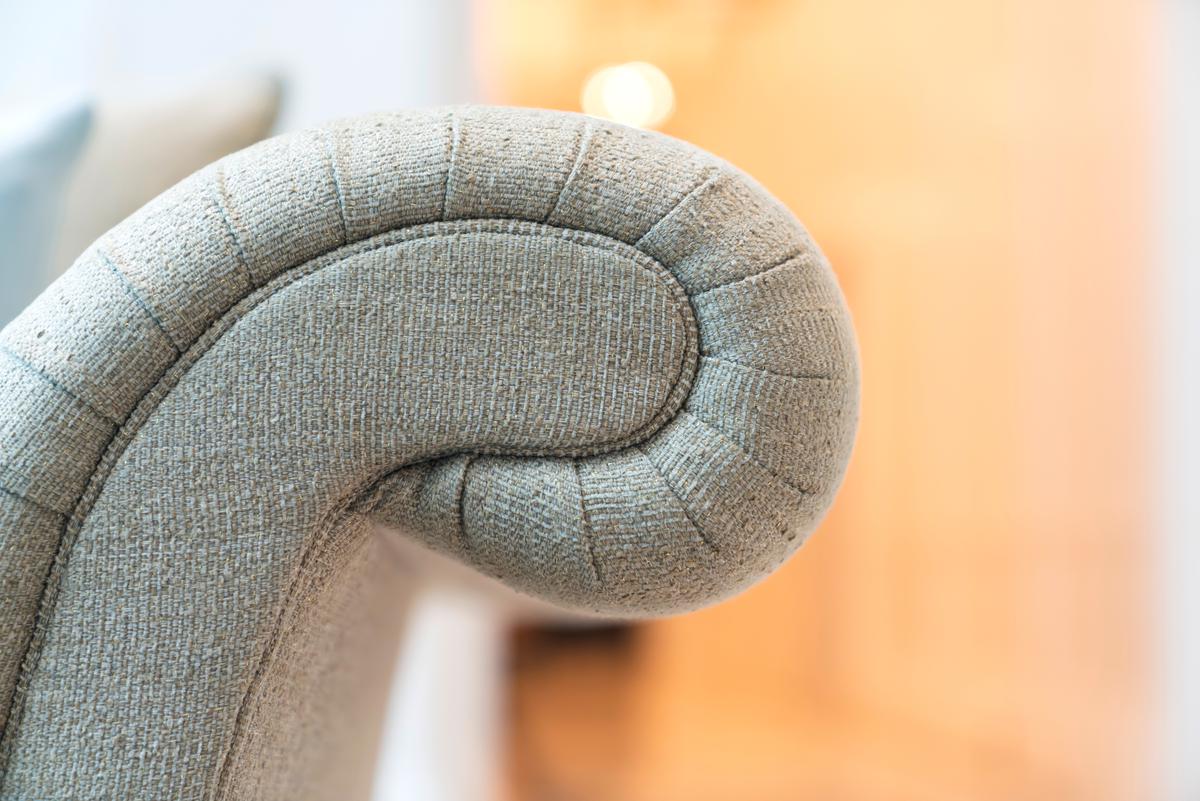
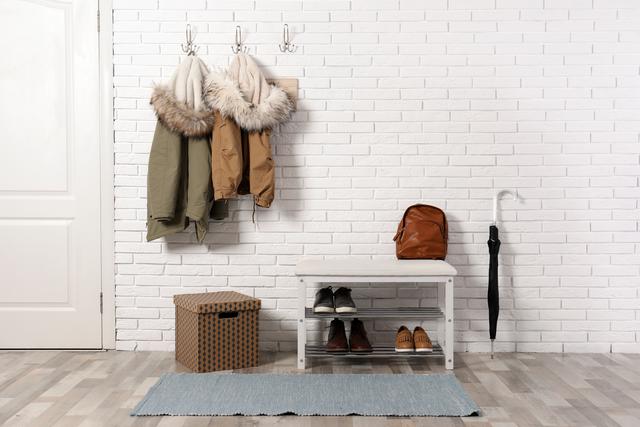
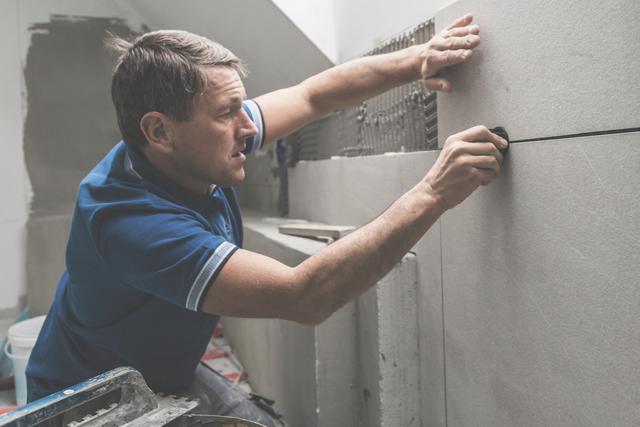

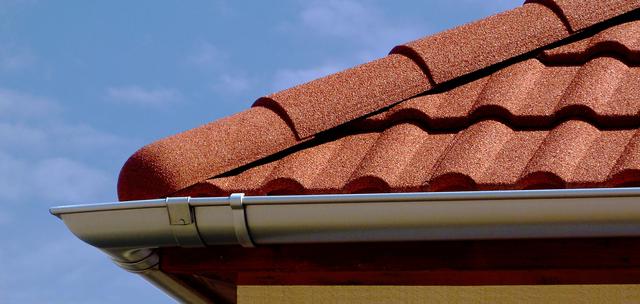
comments